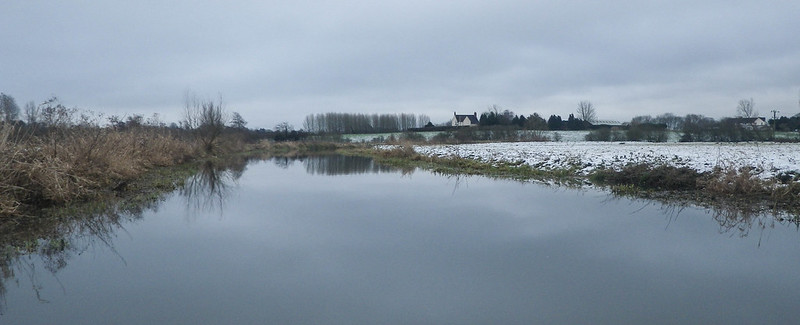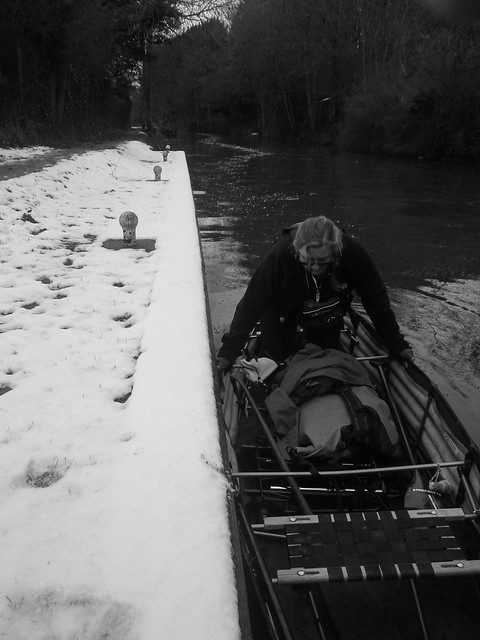This is part two of our experiences of paddling in the Yukon River Quest 2015. It makes more sense if you care to read part one first.
Dan
Carmacks was chaotic, even though we got up after almost every paddler had left. The medical crews were sleeping – ready to get to work at the finish line no doubt. We needed to decide if we should continue with the race. We weren’t sure. Everyone was encouraging and positive and I felt somewhat after the sleep though still confused. My tummy had settled and my back felt fine, even when I stretched it out. The race was what we were here for after all…
Getting ready was tough. It was clear to me that even having a Carmacks bag all prepped and sorting things out over breakfast we just weren’t in the same sort of preparedness as we were at the start of the race. We had lovely volunteer support staff doing a great job, but at this point I realised how much you need support who know you, know what you need and what you have prepared – and help you adapt so you can keep racing.
Sarah
After a longer sleep than planned, we were not back on top form. We were tired and not able to have the sensible discussion we needed about whether or not we could continue. Things were in the wrong places. Clothes that were to be washed and dried were in a soggy bag, flasks weren’t filled. However, Dan’s stomach had settled and he wasn’t in as much pain as he had been when paddling.
I think that the story would end here if there had been someone sensible around to say something like: you are dehydrated, haven’t eaten enough and are only comfortable because you are no longer paddling. There was no one to say it and so we stuck to the original plan, with our food to take us to Kirkman’s Creek and beyond.
Setting off
Dan
We paddled away from Carmacks at 05.40 am. It felt good to get going again. We were tired but we felt we’d made a good decision. Just after Carmacks the river wiggles so much that the GPS told us we were returning to Carmacks 3 times.
As the river was getting wider, I took the job of finding the faster flows to get us down the river, using the GPS to help. We were finding speeds of 9 and 10 mph which really helped spirits. We knew we needed to get our waterproofs on, as we knew the big rapids of the river were coming soon and there would be fewer places to stop.
Sarah
Once we got going again, it felt nice to be back with the river. Feeling that we could do this. It was a short run to Five finger rapids and I was glad that Dan would get to see it and that he trusted me enough to steer us down. I think that I did this stretch half asleep still and know that I wasn’t inputting a lot in terms of logical thought and discussion of tactics. Hot again, so drinking and stopping for comfort breaks was to be the mission of the day.
Five finger rapids (24 miles)
Dan
Five finger rapids has a reputation. Pick the wrong finger and, at best case, you will swim. There are newspaper articles in the guide books that talk about the losses in the left hand branches of the rapid. We went right.
“Left, left. No, middle middle!” I called out as we approached. Once lined up on the right side of the river, my job was to look for a good line down. I was told it was likely on the left hand side. Looking to the left there was sideways outflow and a wave from another branch. I didn’t like the look of that and the other clear choice was right through the middle, so we did.
Rapids are usually smaller than they look. Not this one. Three times I went up a wave and dropped into trough. In up to my armpits. We kept paddling and came through solid and steady each time. I finished, giggling a lot, looking at the large washbasin of water where my spray deck held on in front of me
Sarah
The river was a lot lower than it had been in 2013 where my memory of five finger was that it was not much to write home about and I was happy that I had a tried and tested line that was dry and flattish. When we got there what I saw was quite different and there was no way we were riding the left shoulder down.
Dan had a good view at the front and I tried to go where he suggested. Who knows if I managed it. We pulled further over to the right and pretty much followed the tongue down the river hitting several large waves but staying rock solid. I stayed very dry while Dan found himself up to his armpits in water as we hit each wave. We both felt quite energised for doing this and enjoyed the big bouncy water and control we had, despite not having done any white water as a tandem.
I had quite a giggle afterwards when Dan asked me how much water I had round me and I answered a couple of tablespoons, while his answer was a home for a goldfish.
Rink rapids (6 miles)
Dan
Rink was much more sedate in comparison. We could see a large line of waves ahead, but again the instruction is to keep right where there is a big wide happy though slightly boring channel.
Sarah
Rink is boring if you stay right. We may have come slightly further left than the boat length you are suggested to keep from the bank, but you have to have some fun.
Navigating the islands
Sarah
I was not looking forward to navigating the Ingersoll Islands. I remembered the path as unclear and confusing, and it’s also where I capsized in 2013. Whether I was paying more attention to maps or Dan’s navigation and the use of the gps was outstanding, but what I saw was totally different and the path through much clearer. This cheered me no end as the navigation only gets harder from here on in. The weather was lovely but Dan was starting to hurt. His power was down and I was pushing to try and add in some extra. Problem is that this means correcting the steering more often which in itself loses power.
Dan
Using a mixture of the laminated maps, the gps and a speedometer i felt i was really getting a handle of navigation – finding good channels mean looking at the water, and knowing where we were on the maps. Checking the speed, and moving across the stream when we weren’t going fast enough helped too. Were getting an average speed of 8-9 mph and I felt that we were finding good routes through the islands.
However my back was starting to hurt and the weather was starting to turn. I was using the thwart behind me to both rest my back and to massage it, and when we stopped for comfort breaks I used large stones to try to massage too. We saw far away lightning and clouds were starting to gather.
Minto (28 miles) & Fort Selkirk (24 miles)
Sarah
By Minto we were slowing. We had a chance to think about continuing but we were ok. It hurt but was manageable. The river was with us, the sun was shining for a while and there was a bush to pee behind. From Minto it was only a short run to Fort Selkirk and a proper break was promised with a walk up the bank to a fire and hot drink.
While the pain didn’t stop it was manageable, although the breaks needed between paddling were getting more frequent. Arriving at Fort Selkirk we were pleased to see 2 other boats on the shore. We were last, but not that far behind. We didn’t have time to explore the old settlement which was deserted by the settlers when the last steamship went through.
Dan
Rain. Totally massive rain is what I remember before Fort Selkirk. I had to check a number of times that is wasn’t hail it was falling so heavily. We had to drain the boat, but the advantage was that it washed out the smoke from the forest fires so what could have been nastiness just made my eyes itch a little.
The rain had stopped before we got to Fort Selkirk, and the sun was out allowing us to chill a little and I could have some hot water to drink. No tea or coffee for me. Sarah found a banana and I was so happy. Best food ever. I wish I had a massive bunch of bananas at that point. I massaged my back and stretched again, then just lay on the ground, hoping to rest my back a little.
The site was pretty amazing, being almost unchanged in 100 years – when everyone left when the work moved on. We didn’t stay long but it was cool to see it.
Past Fork Selkirk – Getting to Kirkman’s Creek (18 miles)
Dan
Leaving Fort Selkirk we joined an amazing section of rock wall. Formed by volcanic rock meeting glaciers, it looked made up of many squares of brick. Our river speed was looking really good the Pelly river joining had given the water a push. The clouds were starting to form very interesting but worrying anvil shapes and we started expecting more storms. What we got was wind. Having seen a baby twister head down the river at Little Salmon we were a little cautious.
The wind built and built. We kept paddling, around a bend and hoped for shelter, but found none on our side of the river. We were on the right side up against a cliff. Looking at the map, I could see we needed to work our way across the river to the left bank if we were to follow the good path around the islands ahead. The left also had a soft gravel bank, something to stop on if needed.
We needed to cross carefully to manage the 9 mph water flow and the 30-40 mph winds. We wanted to point the nose into the wind but making our way across the 200 meters the boat kept turning like a weather vane. With the spray deck on we couldn’t move bags or ourselves about, we needed to paddle. As we got to the middle the boat turned to the dangerous position of being sideways to both the wind on one side and water flow on the other.
I knew we were now in a very bad place. The wind and water would be now working together to try to roll the boat over – exactly what I wanted to avoid. We were calm, and paddled solidly to the bank. With the strong strokes the boat stayed solid. we got to the bank. Safe. But my last resources were gone – I’d put everything I had left into getting us into safety.
I’d lost all hope. Will-power and way-power were gone, literally, with the wind. At that point I couldn’t see a way forwards, not just to the end but anywhere. I hated the boat, the wind, the pain, the race. I pulled us to the side and, gentle reader, I sobbed like a broken thing.
With hindsight there were options. I had a bag of tricks: jellybeans, M&Ms, cafe latte protein shakes, carob and coconut energy cubes. We had croissants and cinnamon buns. I had an MP3 player and waterproof speakers. All ready for my hitting the wall which I expected after Kirkman’s. All forgotten when I hit it so early and so hard. At Kirkmans’s there was soup and sandwiches waiting. But it felt unreachable. Eight hours away, but a lifetime with the wind.
Sarah
As we paddled from Fort Selkirk spirits were high but very soon Dan’s back pain was becoming unmanageable. It was difficult to sit and listen to the pain he was in, feeling powerless to fix it. The wind built, and with this, our anxieties about what could happen. I felt as though we lost some control. I didn’t want Dan to make quick powerful corrections from the front, so it was tricky to keep the boat tracking with the difference in power and the headwind.
Even crossing a narrow stretch of river was difficult in the wind and dangerous as we could easily have been tipped by the wind against the current. The support boat who were behind us said that the winds were up to 50 mph
We were pulled in, having a think about where we were at, when the sweeper support boat pulled up and told us to get back in our boat. There was a bear on our bank and it was heading towards us.
There is no need to tell me twice but Dan was anti boat. Twice I told him to get in the boat, politely, using no swear words whatsoever. We paddled as far as the next sheltered spot. Here we stopped and chatted with the boat crews.
At the rate we were going we had 8 hours ahead of us before a rest at Kirkman’s. We had little power as between us, we were spent and while I did not know the pain Dan was suffering, it was agonising to hear. I honestly could not see us managing another 8 hours if the weather let up. We would need to stop for breaks and we were not aware enough to be safe from the local wildlife. How long before we hated canoeing and each other?
After a brief discussion with the crew of the sweeper boats, the decision was made. We scratched. We travelled by sweeper boat to Kirkman’s Creek, Dan still hurting and both of us crying at points as we had not succeeded in the challenge we set ourselves.
The decision to scratch was difficult and with hindsight if we had thought to use some of our tricks earlier could we have avoided it? It’s easy to say yes sitting in the sunshine afterwards.
Dan
Accident reviews and avoidance theory talk of the domino effect. Spotting the first ones to fall, and making quick changes can avoid a descent into real trouble. When we quit it was the last domino in a chain starting perhaps with stomach upsets, we could have drawn out the journey further, but would that be another domino exposing us to more risk, either through wildlife or injury? If we found a way to Kirkman’s could we have done more than quit there?
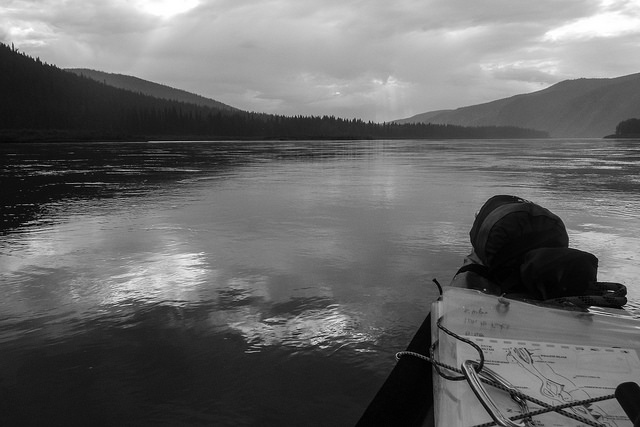
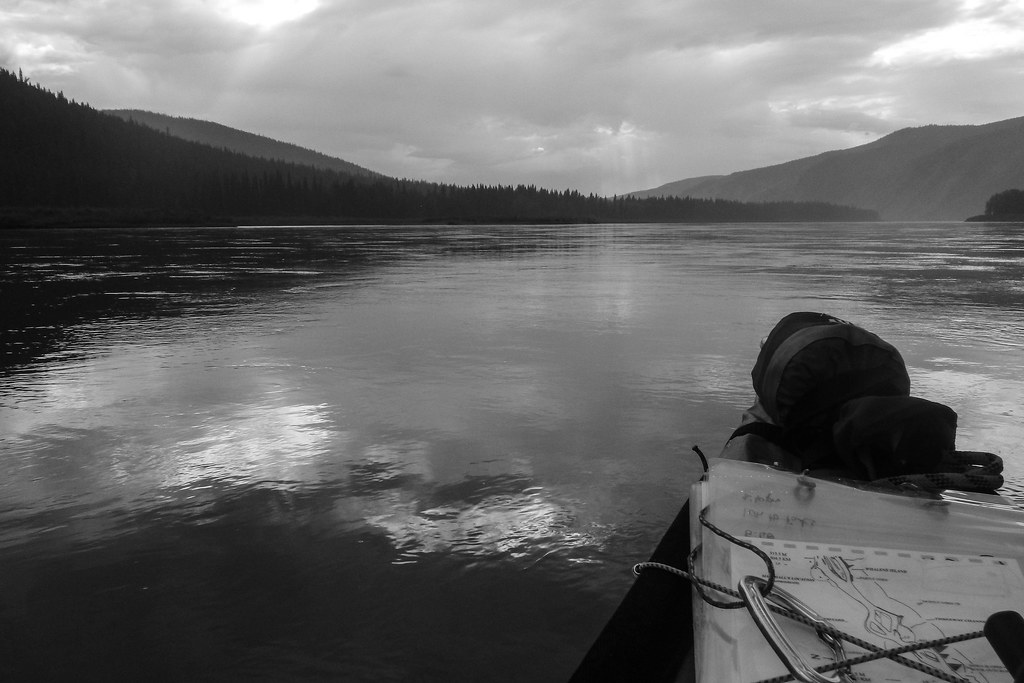


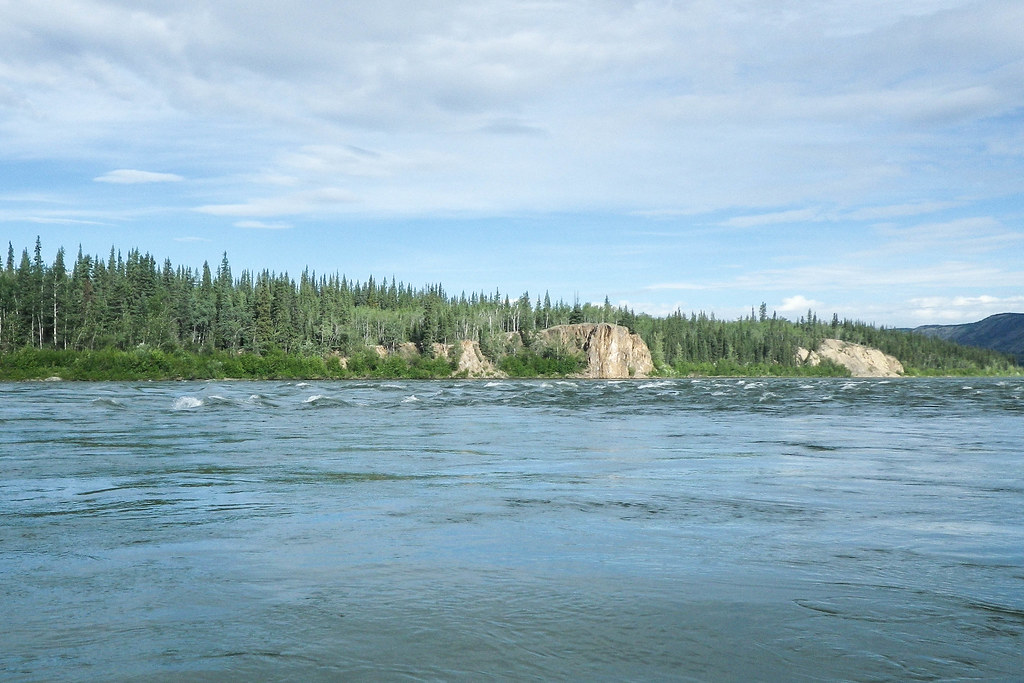

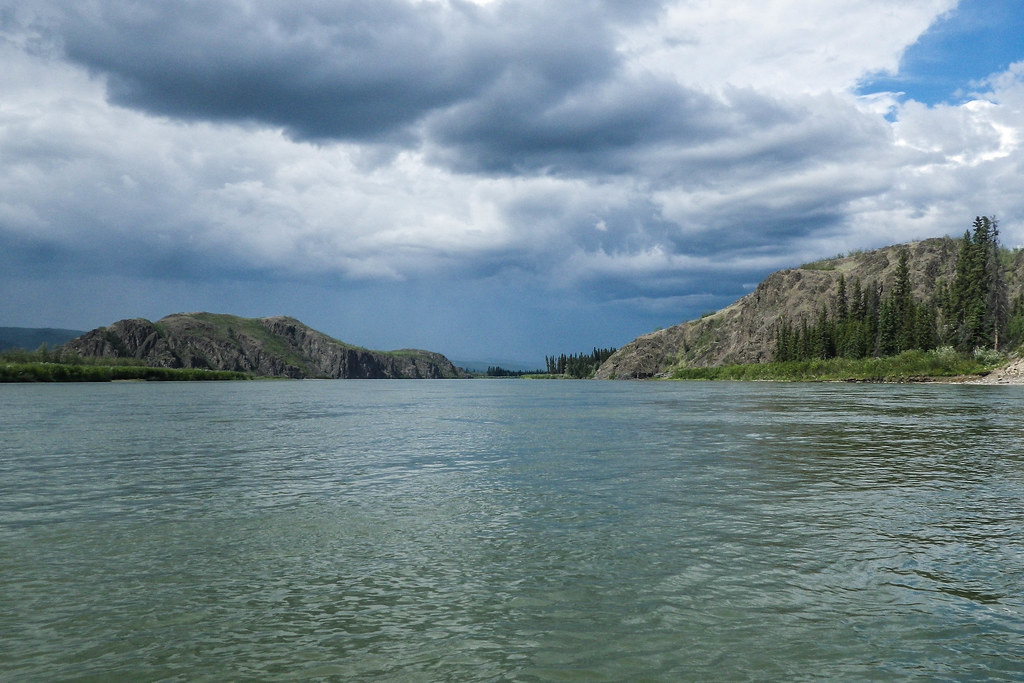
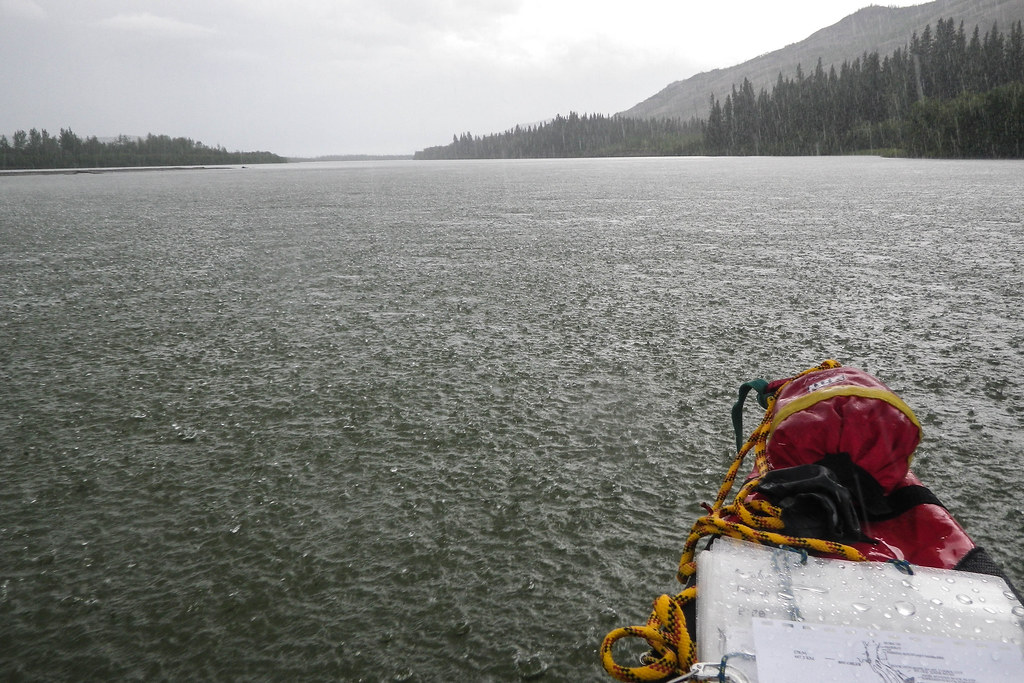
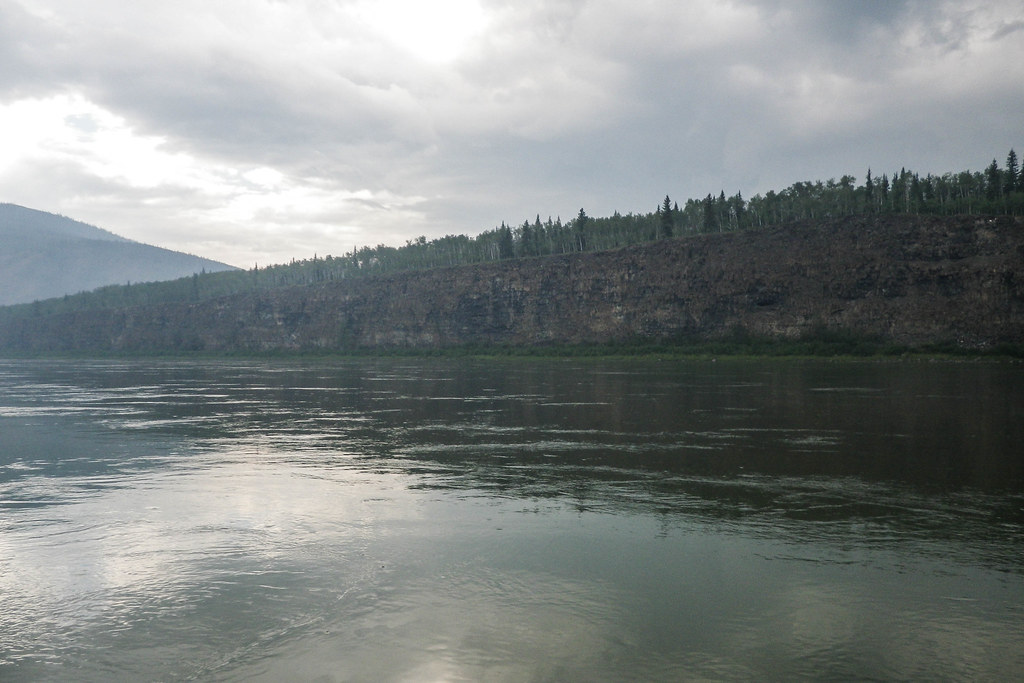

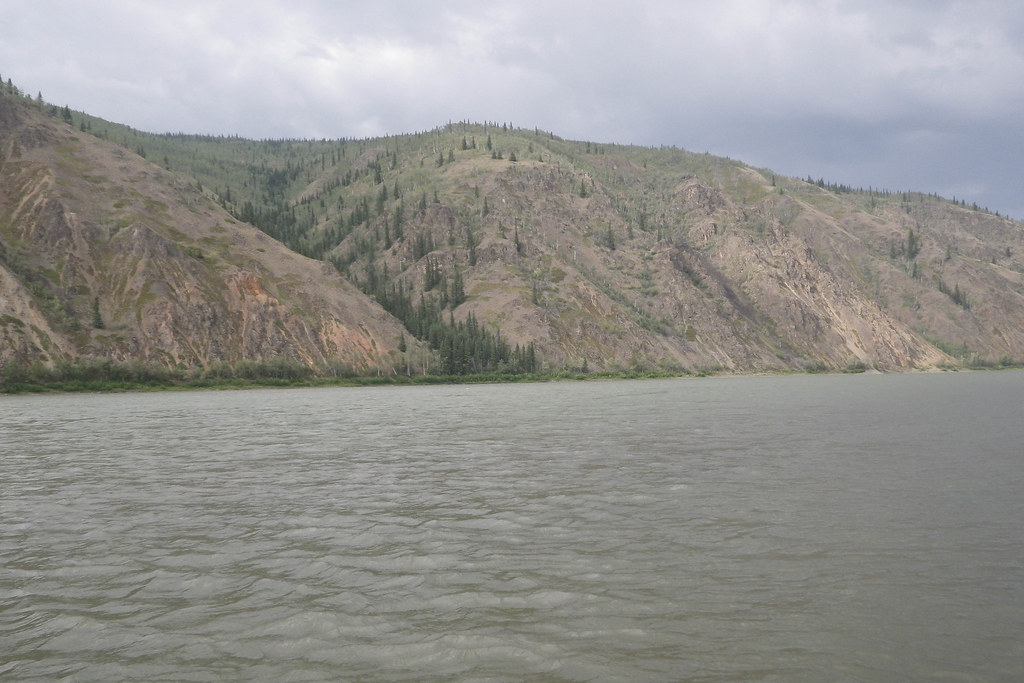




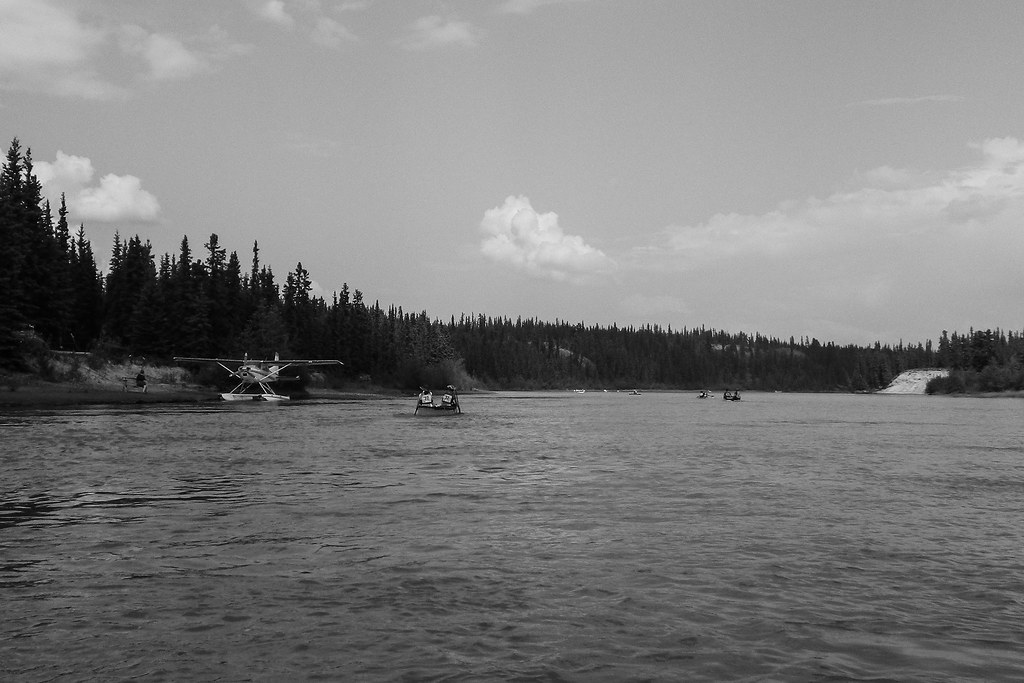
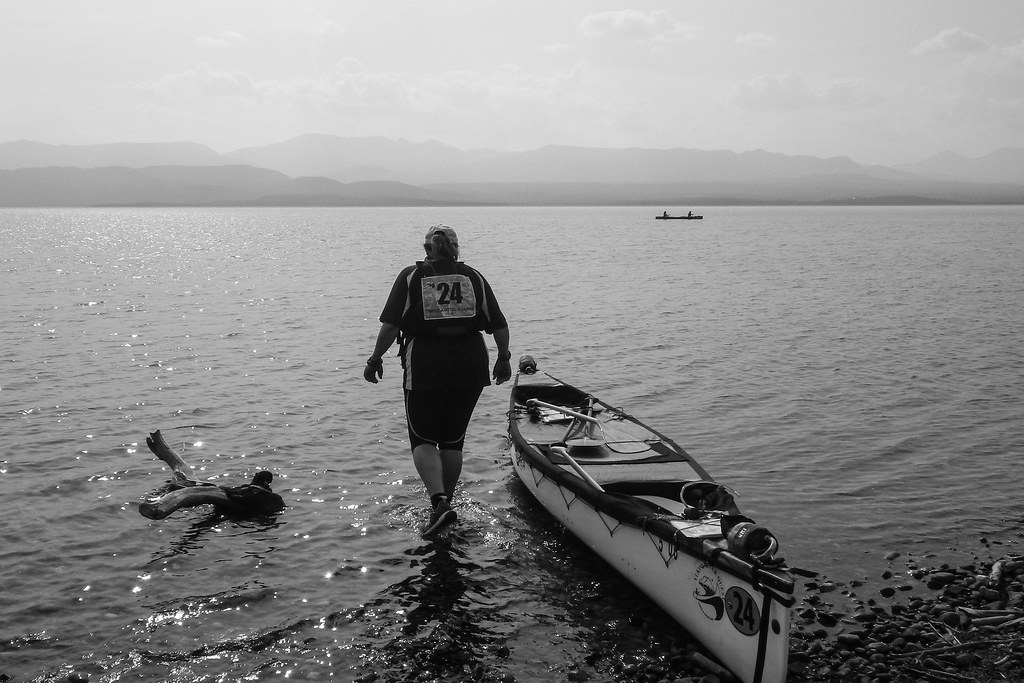
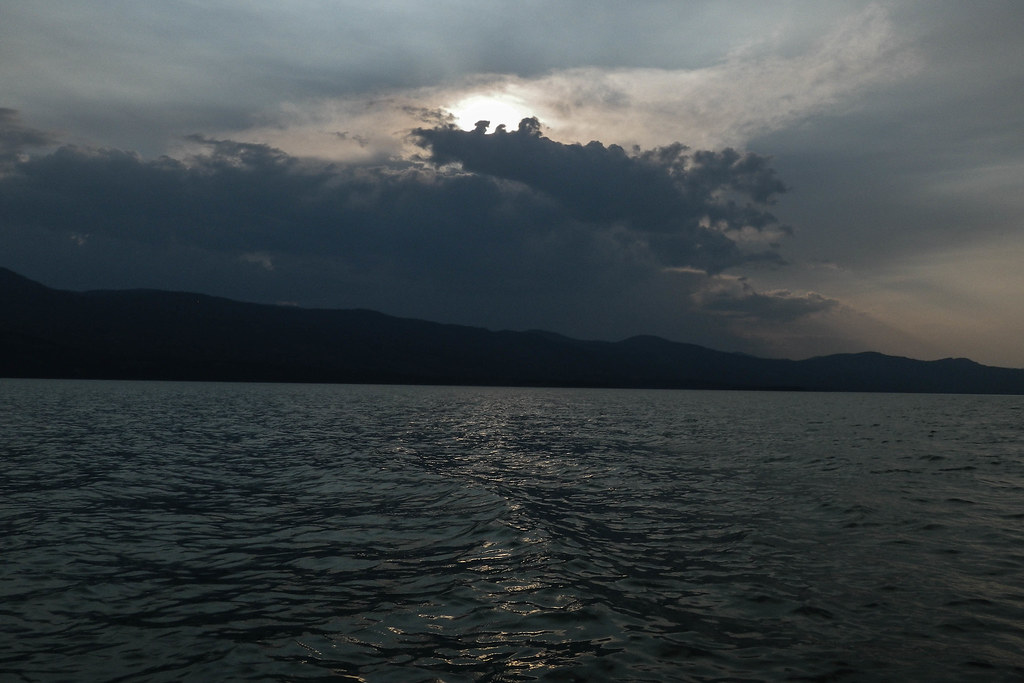



 Friday was all about travel and cooking. Pasta and meatballs is our paddling meal of choice, closely followed by quiche. I like paella or risotto as a pre-paddling meal – there’s alway enough left over for the next day’s paddle. We were staying in a lovely little apartment right next to the river so I got the kitchen and the view, as I cooked up dinner and lunches.
Friday was all about travel and cooking. Pasta and meatballs is our paddling meal of choice, closely followed by quiche. I like paella or risotto as a pre-paddling meal – there’s alway enough left over for the next day’s paddle. We were staying in a lovely little apartment right next to the river so I got the kitchen and the view, as I cooked up dinner and lunches.
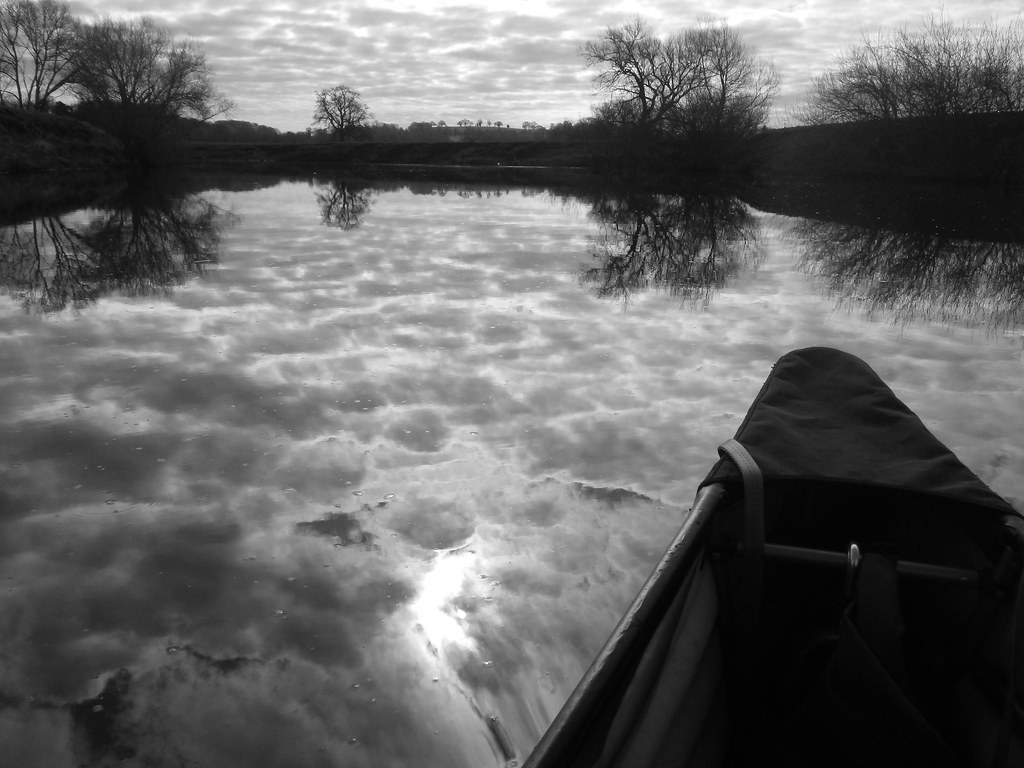
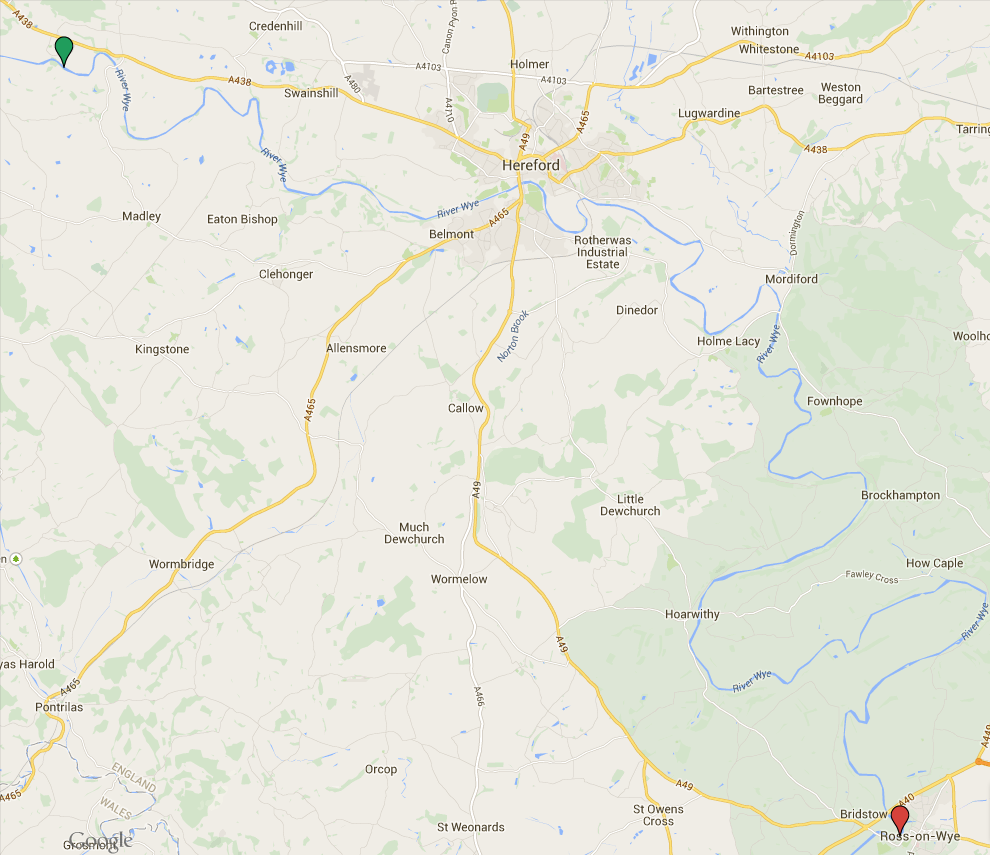
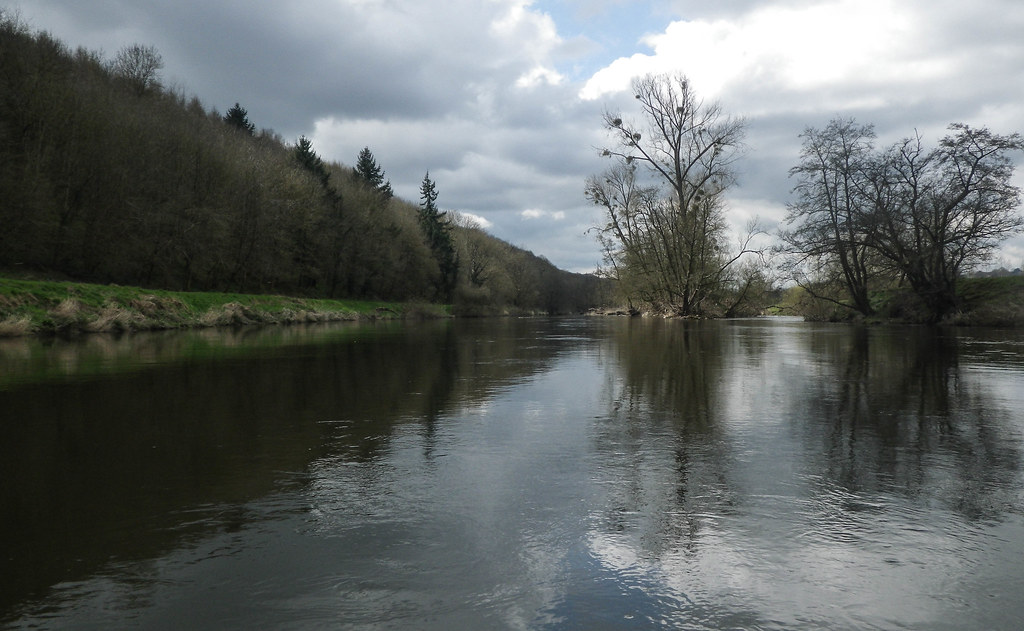
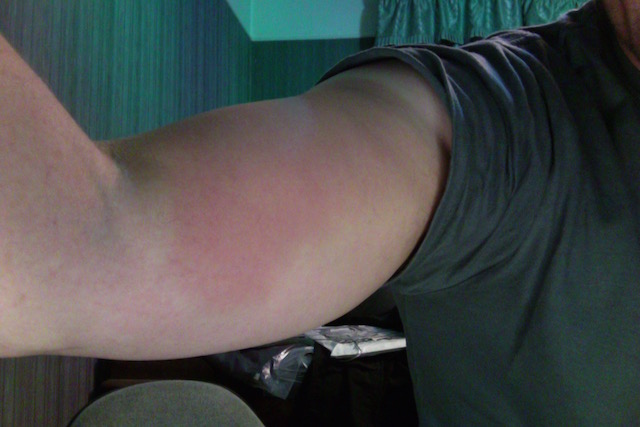
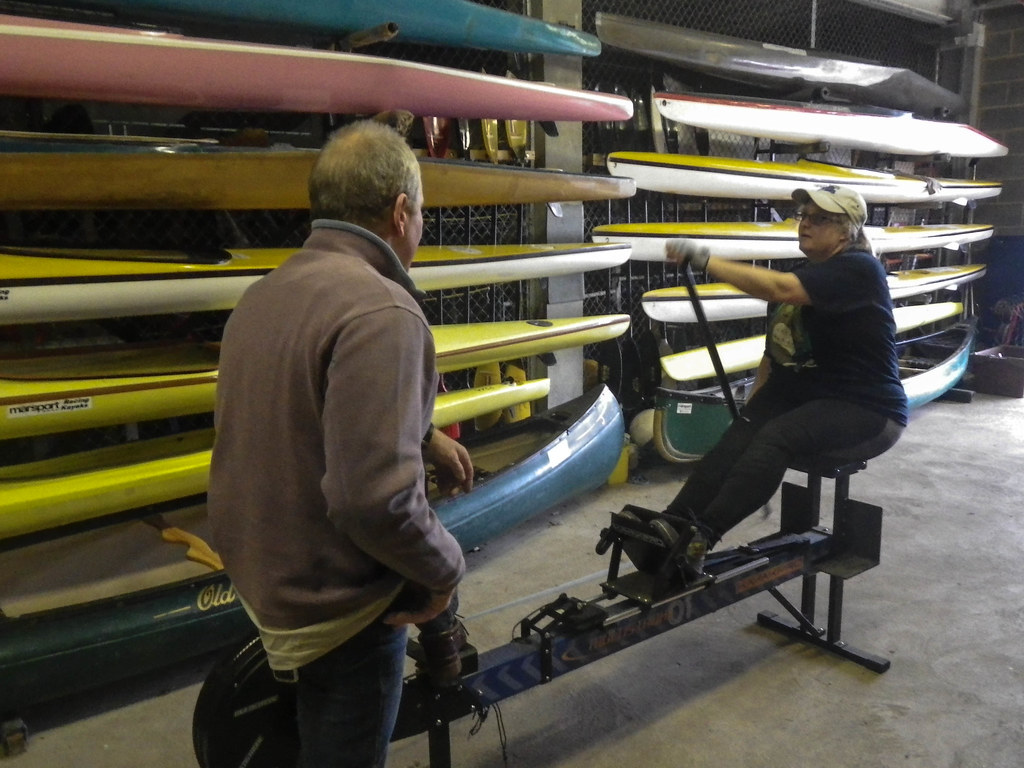

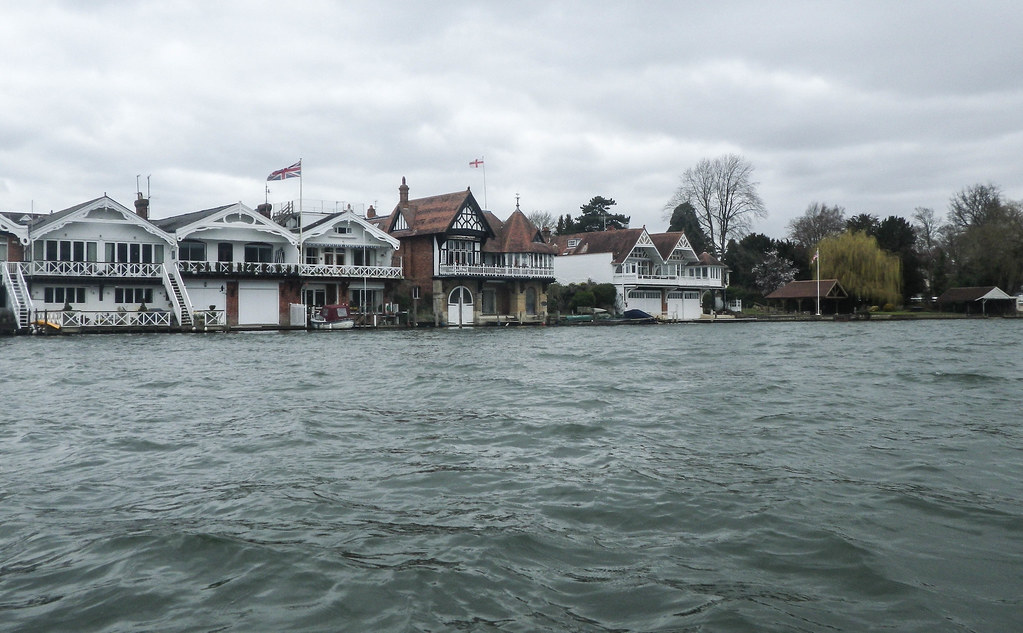

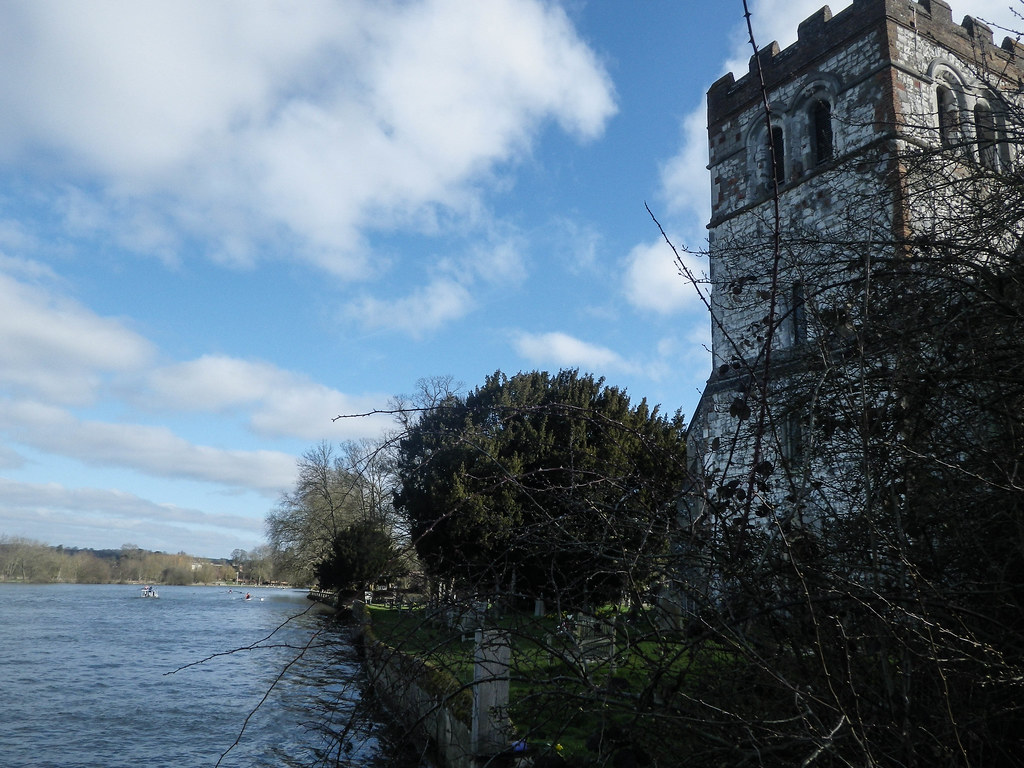
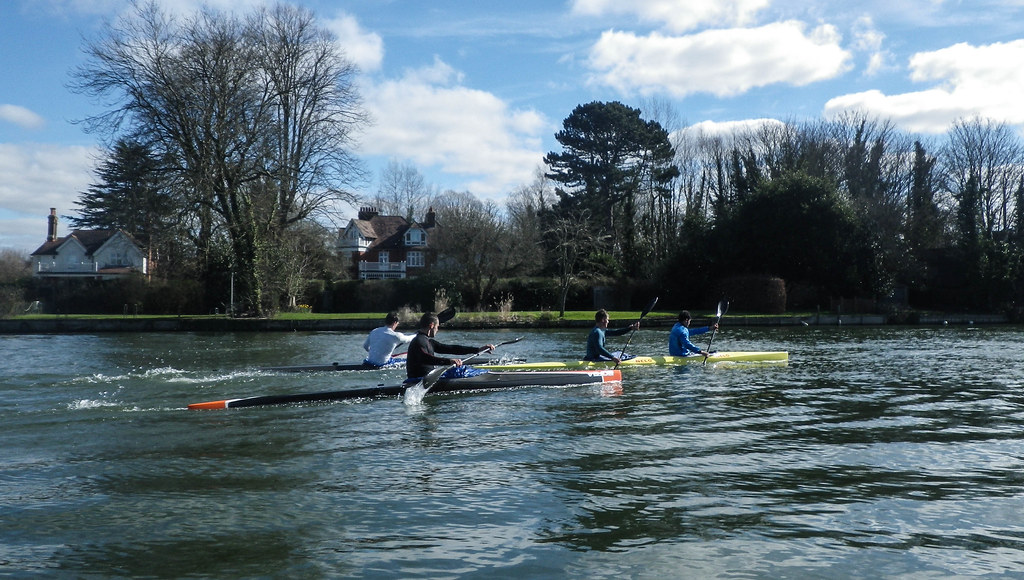
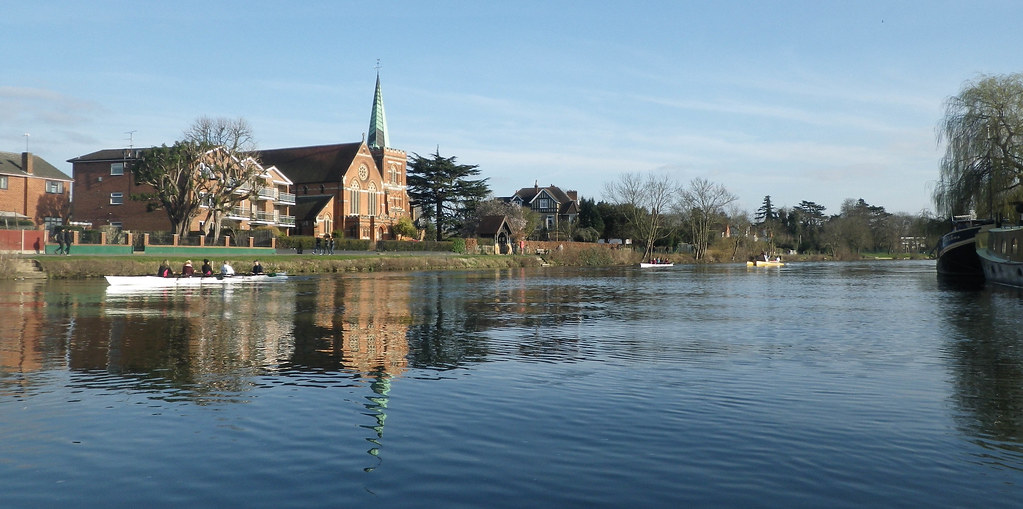
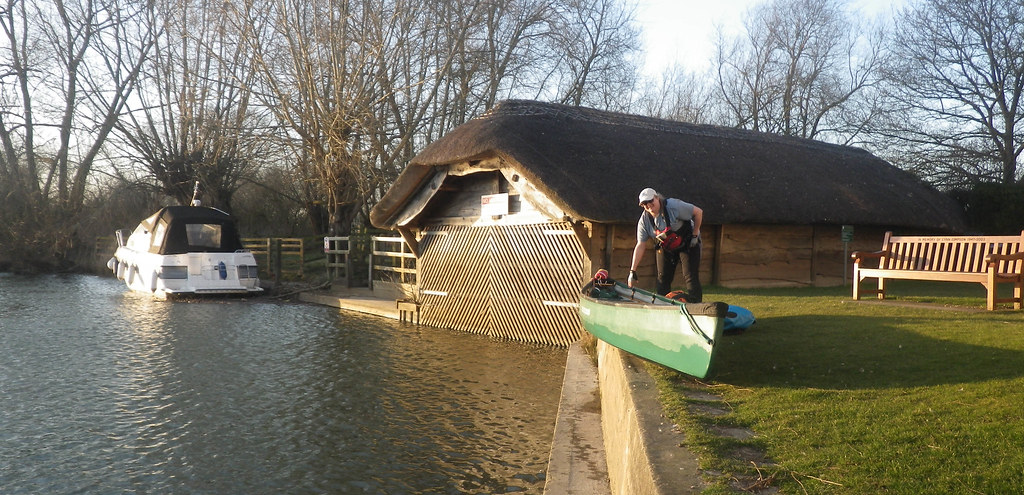


 The lock at mile 15 was displaying a notice saying that the next reach was closed for 3 hours. We had planned on 2nd lunch but after a chat with the lock keeper we discovered that this was for a rowing race. They were happy we had time to clear the reach if we left then. So off we paddled. We are pleased to say we were first across the finishing line and then made sure we had 2nd lunch at the next stop.
The lock at mile 15 was displaying a notice saying that the next reach was closed for 3 hours. We had planned on 2nd lunch but after a chat with the lock keeper we discovered that this was for a rowing race. They were happy we had time to clear the reach if we left then. So off we paddled. We are pleased to say we were first across the finishing line and then made sure we had 2nd lunch at the next stop.

